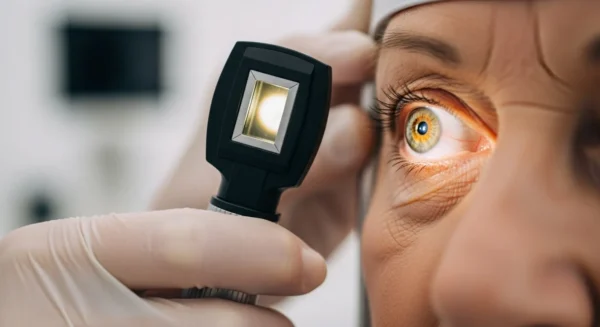
Frequently Asked Questions
Q: I have three different Traditional IRAs. Do I have to take an RMD from each one?
A: For IRAs, the rule is flexible. You must calculate the RMD amount for each of your Traditional IRAs separately. However, you can then add those amounts together and take the total RMD from just one of your IRAs, or any combination of them. This flexibility does not apply to 401(k)s. If you have multiple 401(k)s, you must take the calculated RMD from each specific plan.
Q: I inherited a Traditional IRA from my sister. Are the withdrawal rules the same for me?
A: No, the rules for inherited IRAs are different and have become much more complex after the SECURE Act. For most non-spouse beneficiaries, you are now required to withdraw the entire balance of the inherited IRA within 10 years of the original owner’s death. Withdrawals will be taxable to you. The rules can vary, so seeking professional tax advice is absolutely critical when you inherit an IRA.
Q: Does a withdrawal from my Roth IRA affect the taxes on my Social Security benefits?
A: No, and this is a major benefit of Roth accounts. A qualified, tax-free distribution from a Roth IRA is not included in the “provisional income” calculation. This means you can pull money from your Roth IRA without worrying that it will push you over a threshold and cause more of your Social Security benefits to become taxable.
Q: I am 74 and still working. Do I have to take RMDs from the 401(k) at my current job?
A: Generally, no. There is a “still working” exception. If you are still employed by the company that sponsors your 401(k) and you do not own more than 5% of the company, you can typically delay taking RMDs from that specific plan until you retire. However, you must still take RMDs from any other tax-deferred accounts you have, such as Traditional IRAs or 401(k)s from previous employers.
Q: I want to do a Roth conversion. What is the best way to pay the taxes?
A: It is highly recommended that you pay the income tax on the conversion with money from an outside source, like a savings or taxable brokerage account. If you use funds from the conversion itself to pay the tax bill, you are reducing the amount of money that goes into the Roth account, which lessens the long-term benefit of tax-free growth. Paying the tax with other funds maximizes the power of the conversion.
For official information on Social Security and Medicare, visit SSA.gov and Medicare.gov. Federal tax information is at the IRS.
To protect yourself from scams and for consumer information, consult the Consumer Financial Protection Bureau (CFPB) and the FTC.
Disclaimer: This article is for informational purposes and is not a substitute for professional financial or tax advice. Consult with a certified financial planner or tax professional for guidance on your specific situation.















